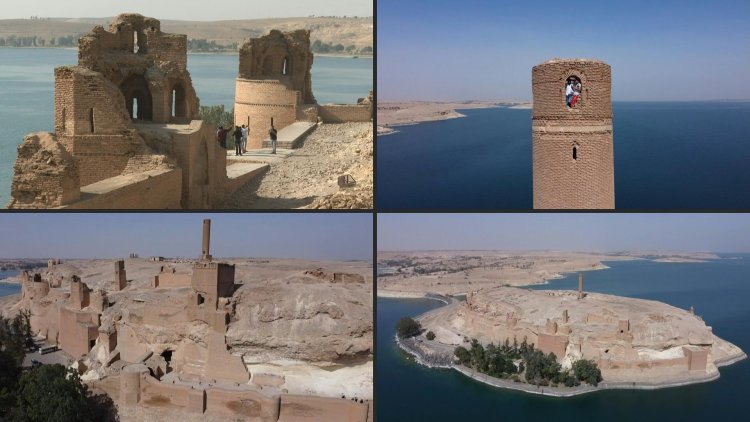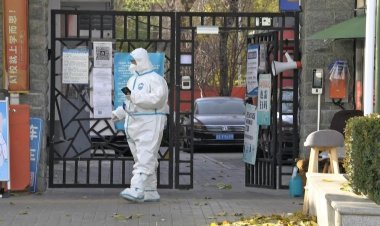Visitors trickle back to Syria citadel used

An ancient lake-side fortress once used to launch attacks is slowly regaining its status as a key cultural destination, attracting visitors from across war-torn Syria.
Families posed for pictures under the hot June sun, some perched on an ancient brick wall overlooking the banks of Lake Assad, a man-made reservoir in northern Syria's Raqa province.
The Islamic-era landmark has attracted a growing number of visitors since the start of summer as security has improved in recent years.
The historic fortified site dates back to the Seljuk and Mamluk periods and is considered one of Syria's most preeminent fortresses.
The castle became an island when Lake Assad was formed in 1974 by the completion of the Tabqa dam on the Euphrates River.
Qalaat Jaabar is connected to the mainland by a thin causeway. It has 35 bridges and a mosque and it used to shelter a museum with dozens of artefacts, but that was ransacked by the Islamic State group.
The site lies around 50 kilometres from Raqqa city, once the de facto Syrian capital of IS's self-proclaimed caliphate.
The hilltop citadel, which overlooked IS' largest Syrian prison, was a strategic spot the group used to launch attacks and monitor movements around the detention facility.
Boat rides and picnics on Lake Assad's sandy shores have also helped turn the citadel back into a popular destination for families.















